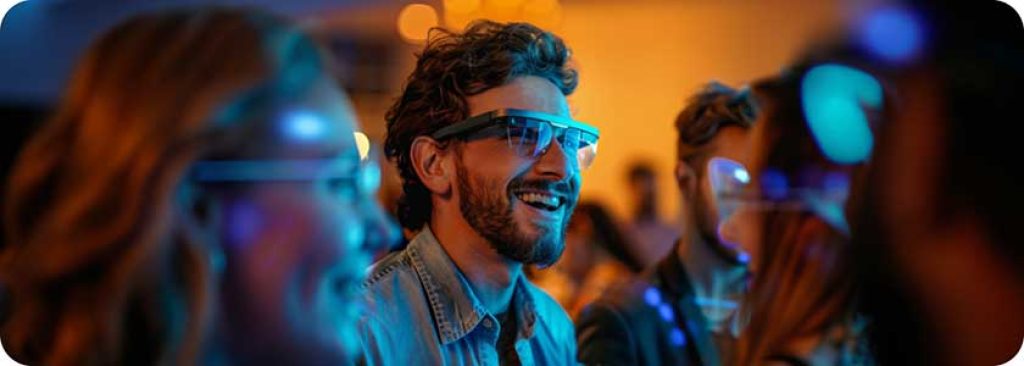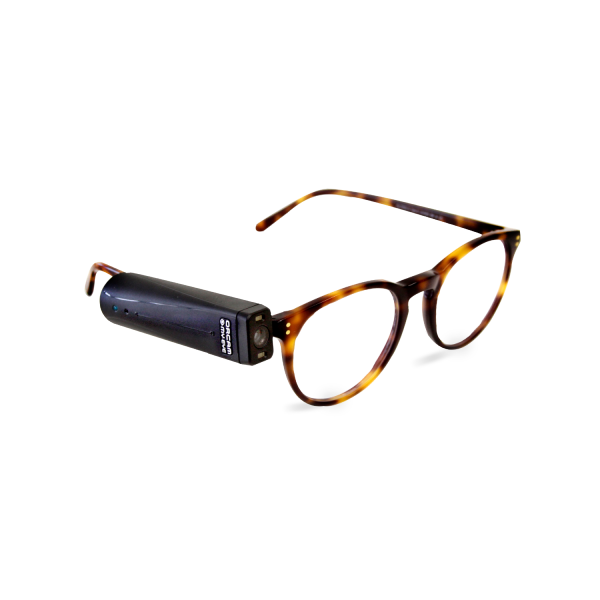Top Braille Displays and Notetakers to Enhance Accessibility for the Blind
Top Braille Displays and Notetakers to Enhance Accessibility for the Blind
Blog Article
Enhancing Accessibility Via Assistive Technology for the Blind
The assimilation of assistive technology for the blind represents a pivotal advancement in access, basically altering exactly how people navigate their atmospheres and engage with culture. As we check out the diverse types of assistive tools and their tangible effects on everyday living, it becomes vital to analyze just how ongoing technical improvements are improving the landscape of assistance for the blind community.
Overview of Assistive Innovation
Assistive technology describes a variety of tools and software program developed to improve the capacities of individuals with handicaps, consisting of those who are aesthetically damaged or blind. This innovation plays a vital role in advertising independence and improving the lifestyle for customers. By supplying different techniques for accessing information and carrying out daily tasks, assistive innovation encourages people to browse their atmospheres better.
The growth and implementation of assistive innovation welcome a variety of principles targeted at fostering ease of access. These principles include user-centered style, which focuses on the needs and preferences of the person, and the combination of technology into day-to-day tasks. Such developments make sure that assistive tools are not only functional but also intuitive and easy to utilize.
Moreover, assistive innovation encompasses a varied spectrum of options, from low-tech options like magnifiers to high-tech advancements such as screen viewers and Braille screens. The continuous evolution of this field is driven by the demand to attend to the one-of-a-kind difficulties dealt with by individuals with aesthetic problems (Wearable technology for low vision). As technology proceeds to advancement, the capacity for improving availability and advertising inclusivity remains appealing, eventually adding to a much more fair society

Sorts Of Assistive Tools
Numerous kinds of assistive gadgets are available to support individuals who are blind or visually damaged, each designed to resolve specific needs and difficulties. These tools can be generally categorized into three main kinds: low-tech, mid-tech, and modern options.
Low-tech tools include products such as magnifiers, Braille labels, and responsive maps. These are reasonably simple tools that improve the user's ability to communicate with their setting without requiring intricate modern technology.
Mid-tech devices usually involve much more advanced attributes, such as digital magnifiers and mobile Braille note-takers. These devices can use functionalities like speech outcome, enabling customers to accessibility info extra effectively.

Effect On Daily Living
The schedule of different assistive gadgets considerably boosts the top quality of life for individuals that are blind or visually damaged, influencing their daily living in extensive means. By integrating technologies such as display visitors, Braille shows, and audio description solutions right into their routines, users gain better freedom and freedom. These tools help with access to info, allowing individuals to carry out daily tasks, such as checking out e-mails, navigating public rooms, and delighting in media web content.
Moreover, assistive devices empower individuals to engage more totally in social interactions and neighborhood activities. The capability to use smartphones geared up with availability attributes enables for smooth communication and connection with others. This connectivity fosters a Visit Website feeling of belonging and decreases sensations of isolation.
In specialist settings, assistive modern technology sustains efficiency by allowing individuals to complete job jobs effectively. Devices like voice acknowledgment software program and specialized zoom gadgets allow individuals to join the labor force on equal footing with their sighted peers.

Improvements in Technology
Current technical developments have considerably transformed the landscape of devices readily available for individuals who are blind or visually damaged. The combination of expert system (AI) and machine learning has actually offered surge to applications that enhance Related Site navigation and things acknowledgment. As an example, smartphone applications can currently make use of AI to determine and explain surroundings in real-time, giving individuals with beneficial contextual info.
In addition, developments in haptic modern technology have actually brought about the growth of wise canes equipped with sensors that detect obstacles and give responsive responses. This encourages individuals to browse their setting with boosted confidence and independence. Furthermore, advancements in text-to-speech software and braille screens have improved the accessibility of digital content, enabling smooth communication with numerous media.
Wearable modern technologies, such as clever glasses, are likewise making strides in helping aesthetic disability. As innovation continues to progress, the capacity for even more transformative tools stays on the horizon.
Future Trends and Innovations
As technology rapidly advances, the future of assistive tools for individuals who are blind holds immense pledge. Technologies in expert system (AI) and artificial intelligence are poised to change the method blind individuals connect with their environments. AI-driven applications are being established to boost object recognition, permitting individuals to identify and navigate their environments with better ease and accuracy.
Furthermore, improvements in haptic comments technology are allowing the creation of tactile maps and navigating aids that offer real-time info through touch. These developments not only boost flexibility yet likewise foster independence. Additionally, wearable gadgets outfitted with augmented truth (AR) functions are emerging, supplying individuals aesthetic details via audio descriptions, therefore linking the space in between the electronic and physical globes.
In addition, the combination of clever home innovation offers new possibilities for access, enabling individuals to control their living settings via voice commands or mobile phone applications. As partnership in between tech designers and the blind area continues, the concentrate on user-centered design will certainly make sure that future advancements are tailored to fulfill the unique demands of this populace (Wearable technology for low vision). The trajectory of assistive helpful hints innovation guarantees an extra empowering and comprehensive future for individuals who are blind
Verdict
In final thought, assistive technology plays an important function in enhancing availability for people with visual disabilities. Continuous improvements in technology and user-centered design ensure that these devices provide efficiently to the distinct demands of the blind area.
The assimilation of assistive innovation for the blind stands for an essential advancement in ease of access, fundamentally changing how individuals navigate their environments and involve with society.Assistive innovation refers to a range of devices and software program made to boost the capabilities of people with handicaps, including those that are visually damaged or blind. Wearable technology for low vision.As modern technology swiftly progresses, the future of assistive tools for individuals who are blind holds tremendous pledge. The trajectory of assistive modern technology assures a more comprehensive and empowering future for individuals that are blind
In conclusion, assistive technology plays a crucial function in enhancing access for people with visual disabilities.
Report this page